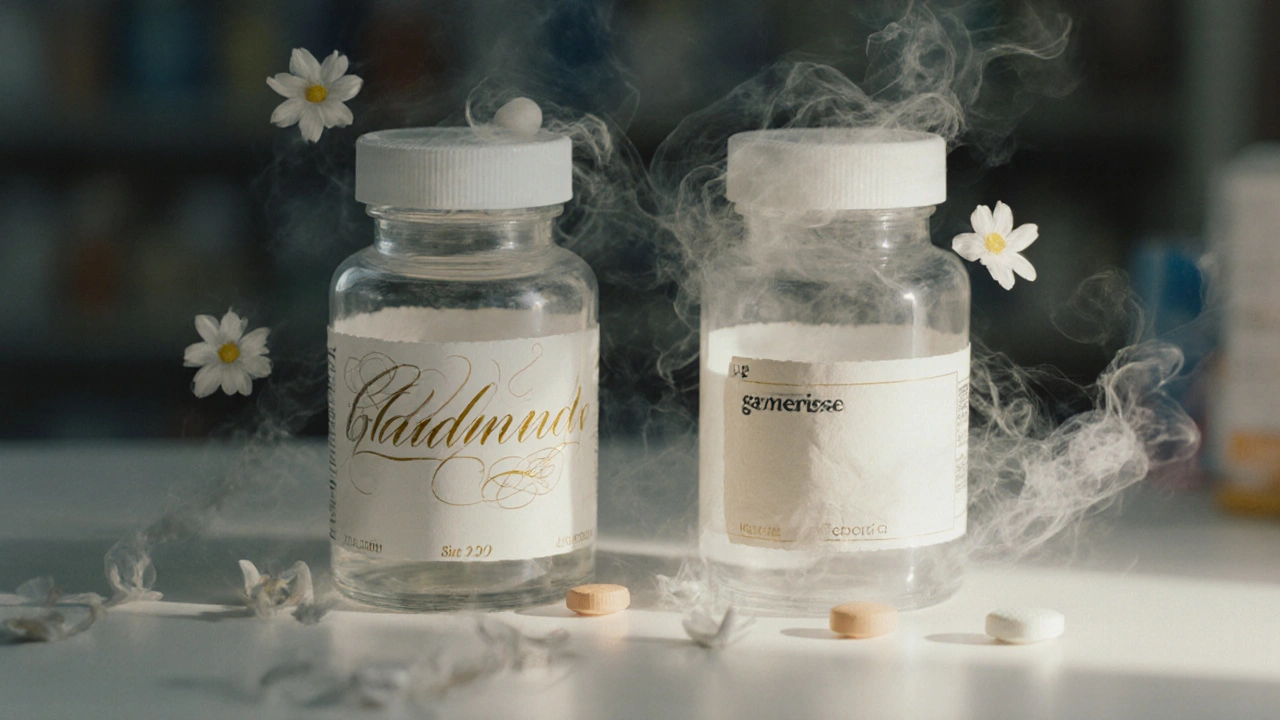When you hear authorized generics, brand-name medications sold under a generic label by the original manufacturer, often at a lower price. Also known as brand-name generics, they are identical in active ingredient, strength, dosage form, and performance to the original drug—but without the brand name or marketing costs. Unlike regular generics, which are made by different companies after the patent expires, authorized generics come straight from the same factory that makes the brand version. That means the pill you get is the exact same one, just in a simpler box.
Why does this matter? Because generic drugs, lower-cost versions of brand-name medications approved by the FDA. Also known as non-branded drugs, they can vary slightly in inactive ingredients like fillers or dyes, which sometimes affects how people feel when switching. But with authorized generics, there’s no guesswork. You’re getting the same formulation, same manufacturer, same quality control—just cheaper. This is especially important if you’ve had side effects after switching to a regular generic, or if your insurance pushed you to a cheaper version that didn’t work as well. Authorized generics fix that problem without raising your out-of-pocket cost.
The FDA approval, the official U.S. government process that ensures drugs are safe, effective, and properly labeled. Also known as drug regulatory clearance, it treats authorized generics the same as any other generic—meaning they must meet the same bioequivalence standards. But here’s the twist: the brand-name company often produces them themselves. That’s why you’ll sometimes see the same pill with two different labels: one with the flashy name, and one with a plain label and a lower price tag. It’s the same drug, just marketed differently.
Not every brand-name drug has an authorized generic, but when they do, they’re often the best value. You get the reliability of the original, the price of a generic, and no risk of formulation changes. If your doctor prescribes a drug that has an authorized generic version, ask your pharmacist if it’s available. Many people don’t know it exists, so they pay more than they need to. And if you’ve ever had to report side effects after switching to a generic, you know how confusing that can be. With an authorized generic, you eliminate that uncertainty.
Below, you’ll find real stories and practical guides about how generic drugs work, how to spot the difference between types, what to do if you notice changes after a switch, and how to save money without risking your health. Whether you’re managing a chronic condition, dealing with insurance hurdles, or just trying to stretch your budget, these posts give you the facts you need—no fluff, no jargon, just clear answers.
